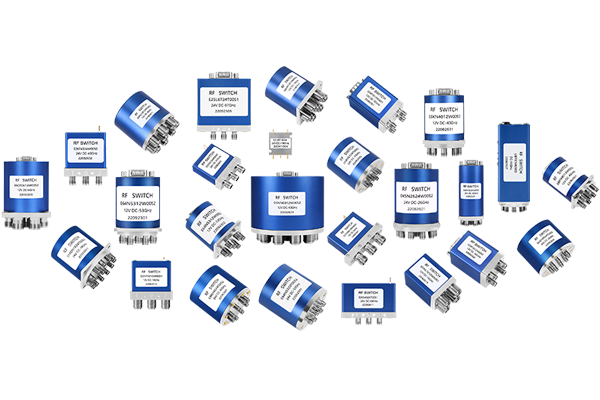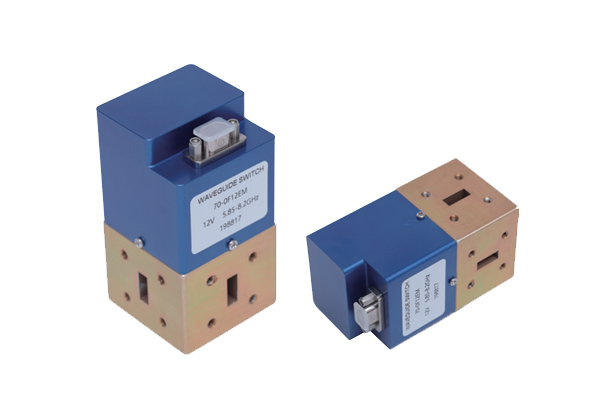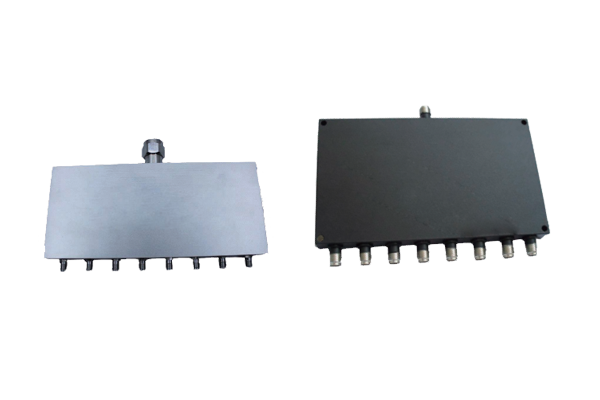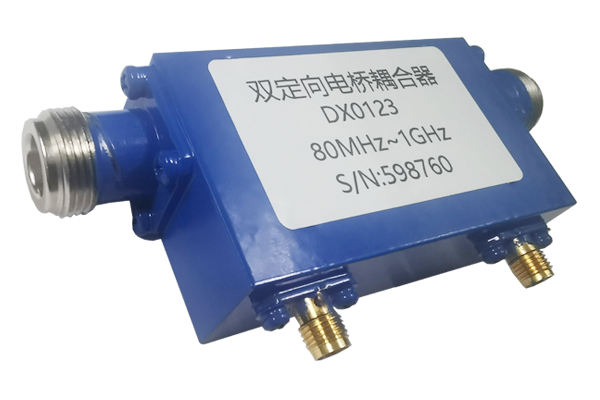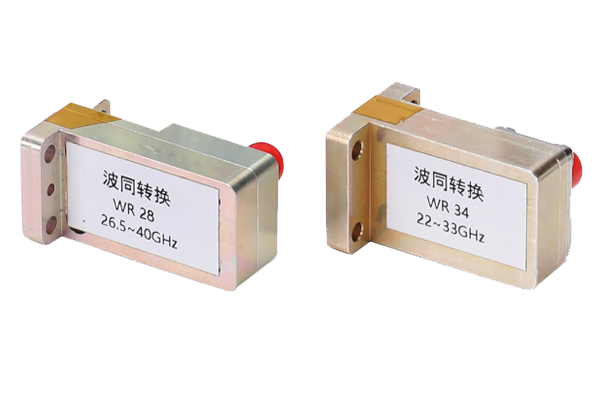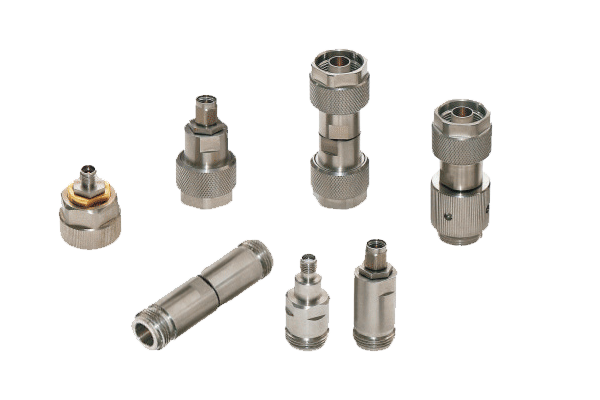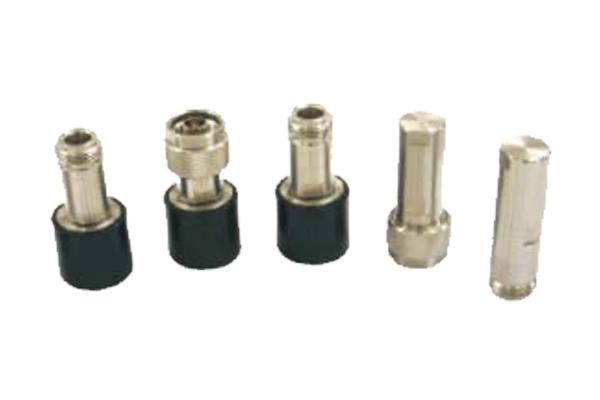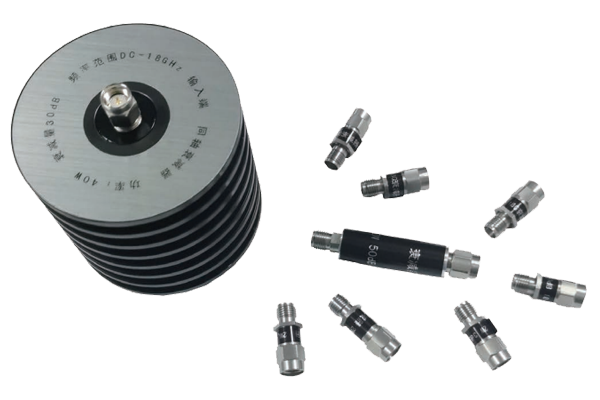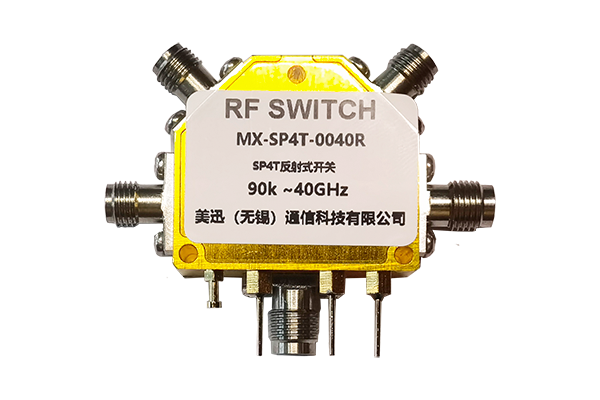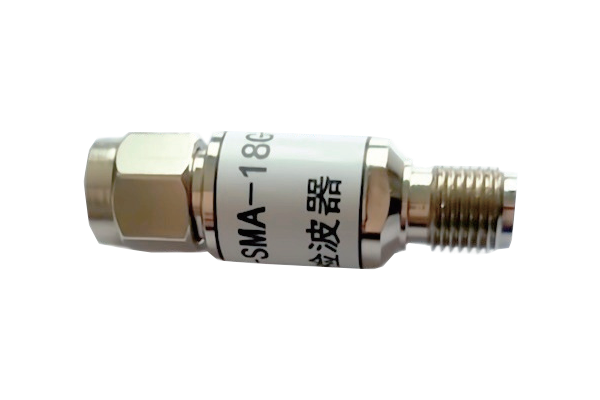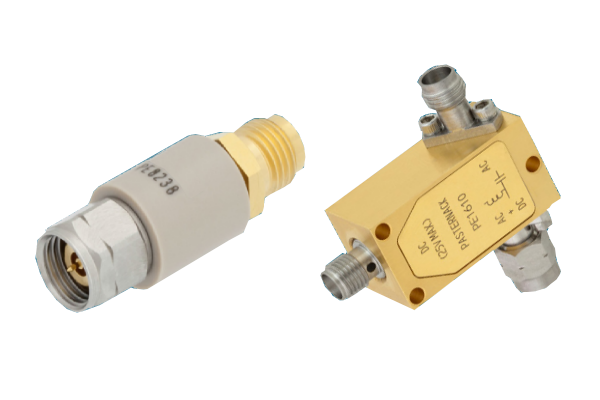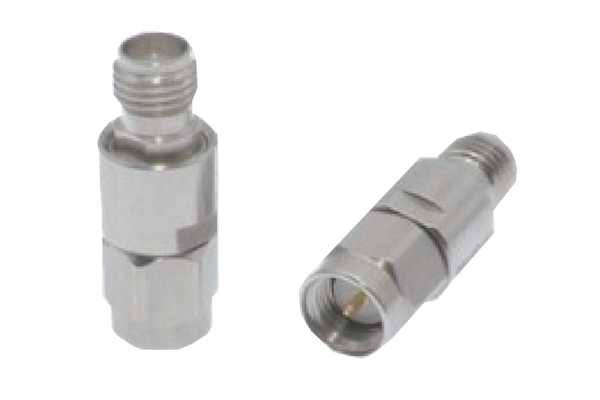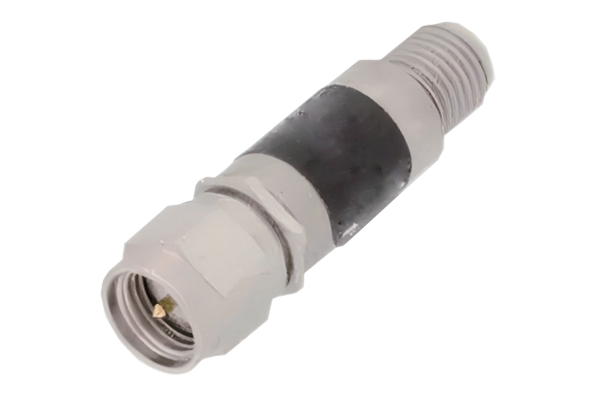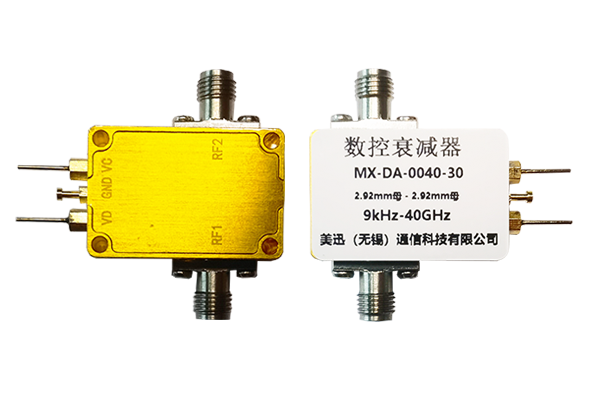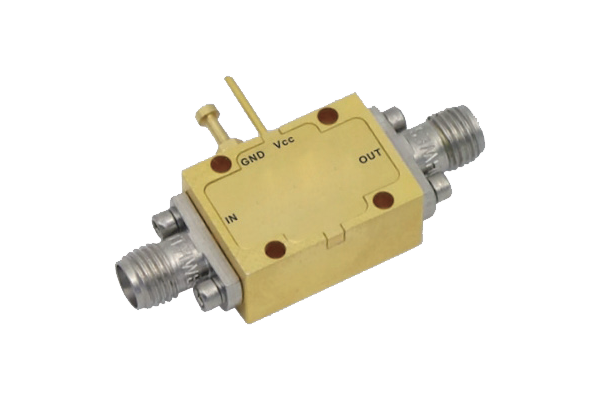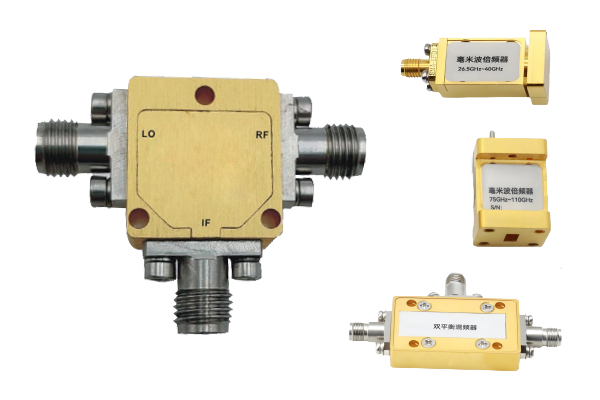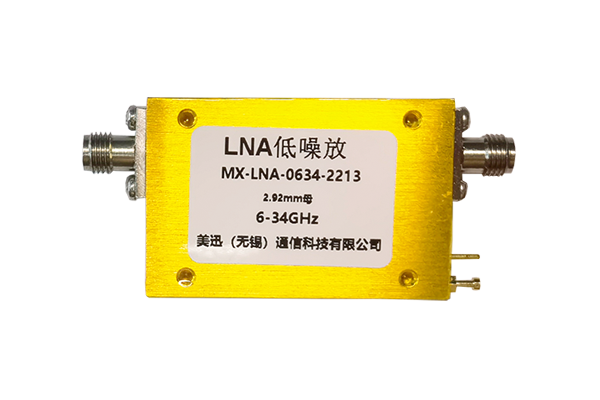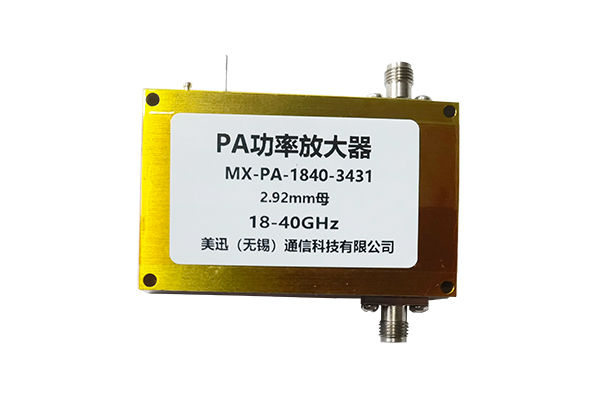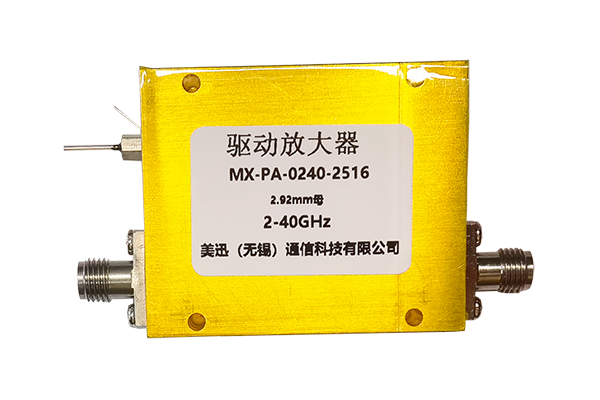How Can Low - noise Amplifiers Effectively Reduce Noise
Low - noise amplifiers (LNAs) play a crucial role in minimizing noise, which is essential for maintaining signal integrity in various electronic systems. Several key strategies are employed to achieve effective noise reduction.
Firstly, the selection of components is fundamental. High - quality active devices, such as low - noise transistors, are used. These transistors have inherently low noise figures, which are a measure of how much noise the device adds to the input signal. By choosing transistors with lower noise figures, the overall noise contribution of the amplifier can be significantly reduced. Additionally, passive components like resistors and inductors with low noise characteristics are selected to avoid introducing additional noise into the circuit.
Secondly, proper circuit design is critical. The design of the input matching network is of particular importance. A well - designed input matching network ensures that the impedance of the source is matched to the input impedance of the amplifier. This minimizes signal reflections at the input, which can otherwise lead to increased noise. Furthermore, the layout of the printed circuit board (PCB) also affects noise performance. Short and direct signal paths, along with proper grounding techniques, can reduce the pickup of external electromagnetic interference (EMI) and minimize noise generated within the circuit due to parasitic effects.
Another important aspect is the implementation of biasing circuits. The correct biasing of active devices ensures that they operate in their optimal low - noise regions. By precisely controlling the operating point of transistors, the amplifier can achieve the lowest possible noise figure while maintaining good gain and linearity.
In some advanced LNAs, noise - canceling techniques are employed. These techniques use additional circuitry to generate a noise signal that is out of phase with the noise present in the main signal path. When these two signals are combined, the noise components cancel each other out, effectively reducing the overall noise level.
Moreover, thermal management also impacts noise reduction. Excessive heat can increase the noise level in electronic components. Therefore, proper heat - sinking and thermal design are necessary to keep the operating temperature of the amplifier within an acceptable range, ensuring stable and low - noise operation. Overall, through a combination of component selection, circuit design, biasing, noise - canceling techniques, and thermal management, low - noise amplifiers can effectively reduce noise and improve the performance of electronic systems.



